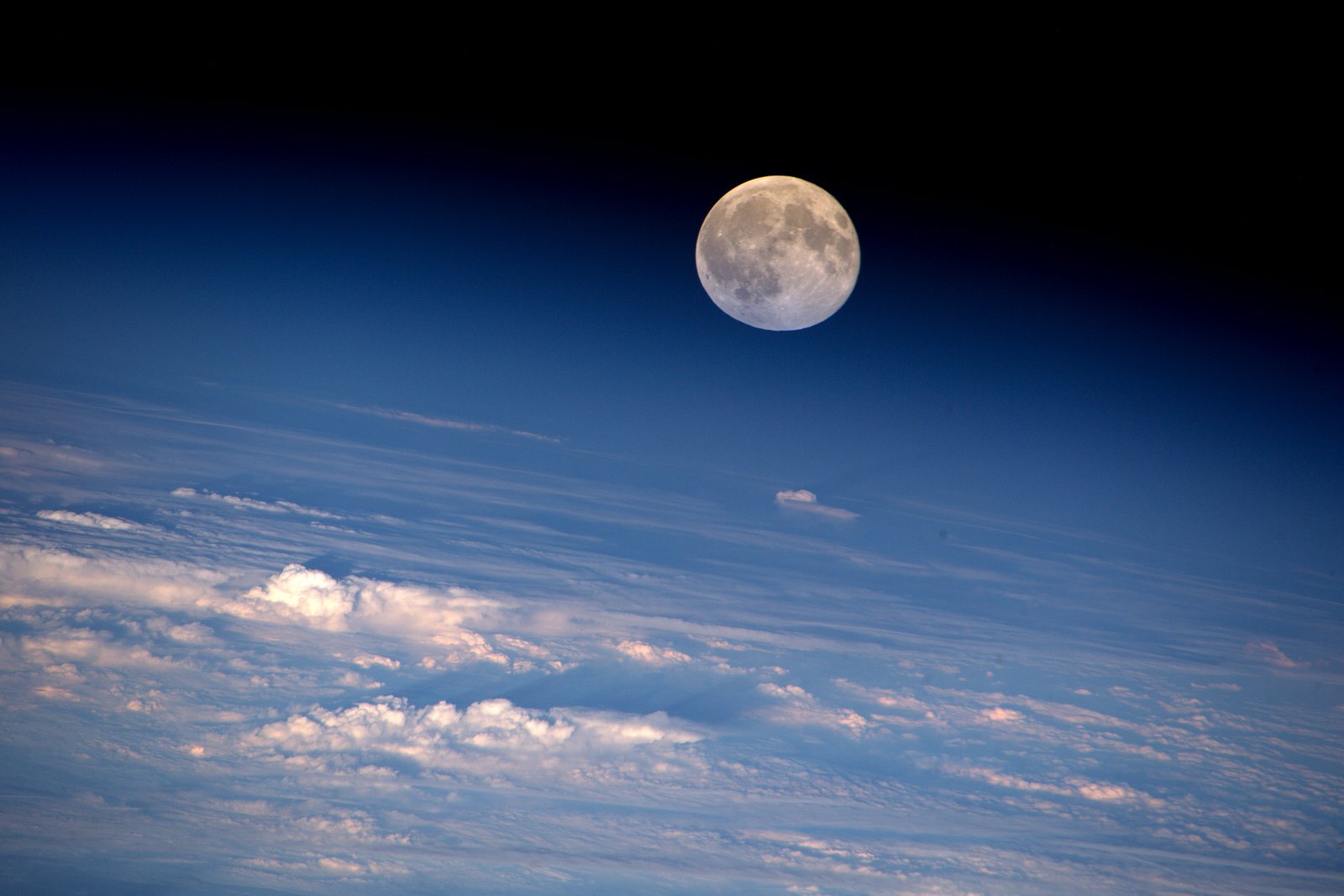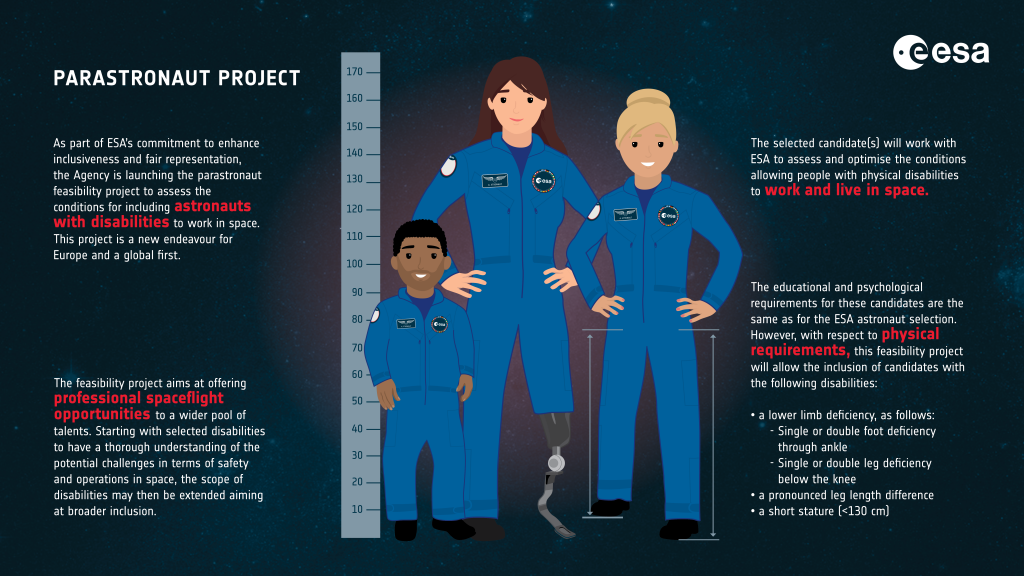An average of one in 30 Europeans suffer from sight loss, something that can affect us at any age but it gets worse as we grow older. There are over 30 million blind and partially sighted persons in Europe.
ESA is working on maximising access to its communication products to remain relevant and inclusive. The new set of infographics illustrates the most frequently asked questions and facts about the Moon using bigger fonts, finer shapes, certain colours and supporting text for screen reader software.
This initiative can have an impact on two generations of visually impaired people, with both parents and children getting easier access to the same information.
“I have listened to the files and enjoyed it all, very accessible and stuffed with facts. Lovely for children with sight loss. And I know more about the Moon than ever!” says Roger Wilson-Hinds, a member of Deafblind UK who tested the new infographics.
The organisation supported ESA in updating the visuals and making the text suitable for screen readers in an effort to make the information more accessible.
Inventing a different future
There are other ways ESA is trying to get citizens better connected to space. On Saturday 2 October people with disabilities will have a special chance to tour the ESTEC technical centre in the Netherlands during the ESA Open Day.
In its tenth edition the door is open to those for whom daily life may present more obstacles. These visitors will follow a route through the facilities to meet ESA personnel, touch base with space hardware and learn more about how and why Europe is going forward to the Moon. The visit will wrap up with a talk by ESA astronaut André Kuipers.
Because exploration is a matter of collective effort, ESA also wants to extend the pool of talent. During the recent astronaut selection campaign, applications from individuals with a physical disability that would normally prevent them from being selected were considered as part of the Parastronaut feasibility project.





